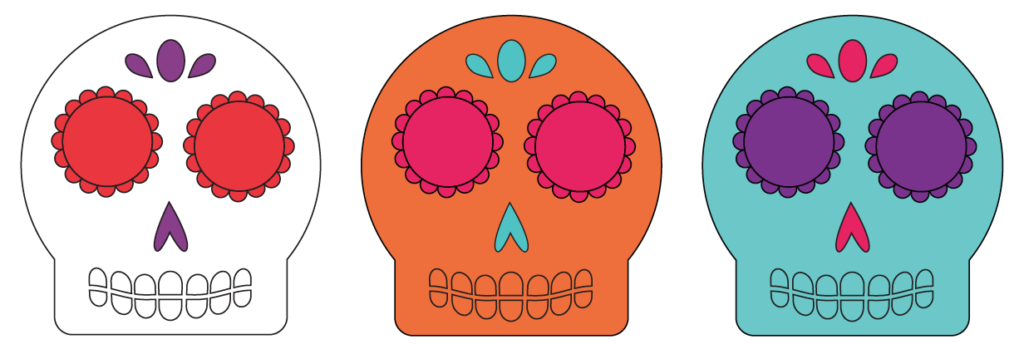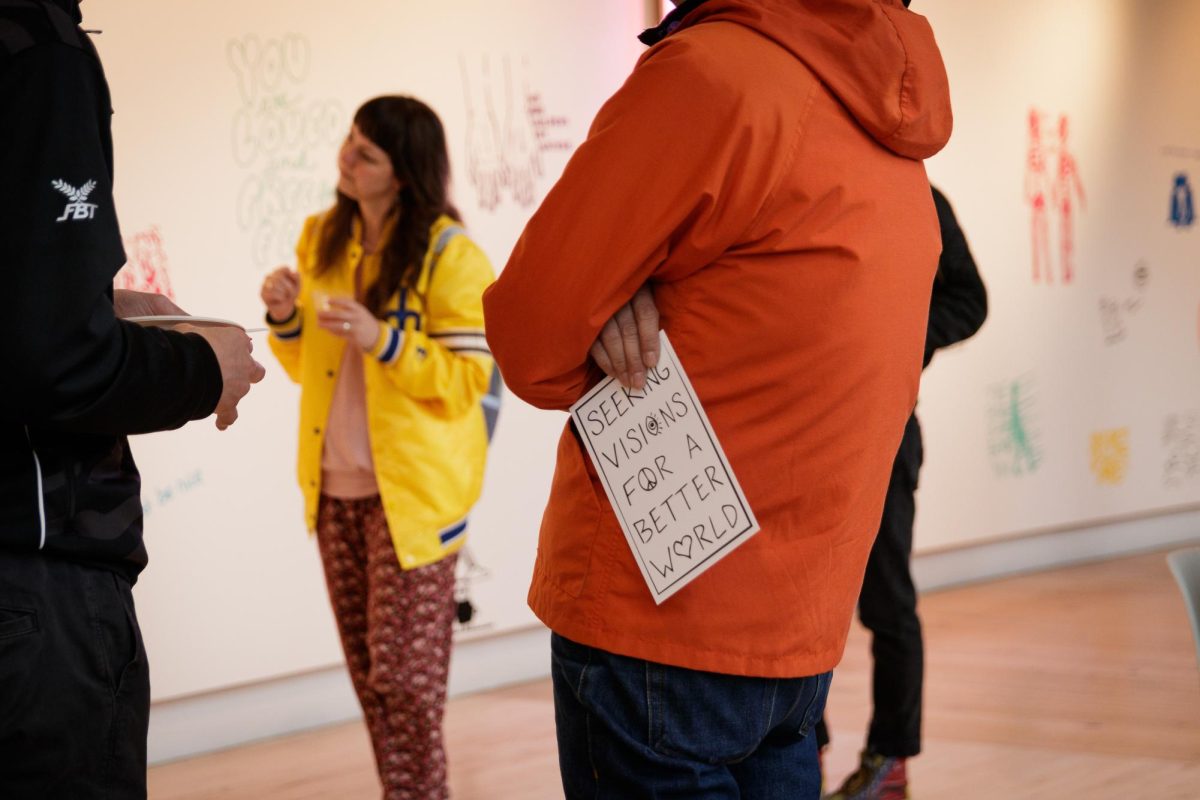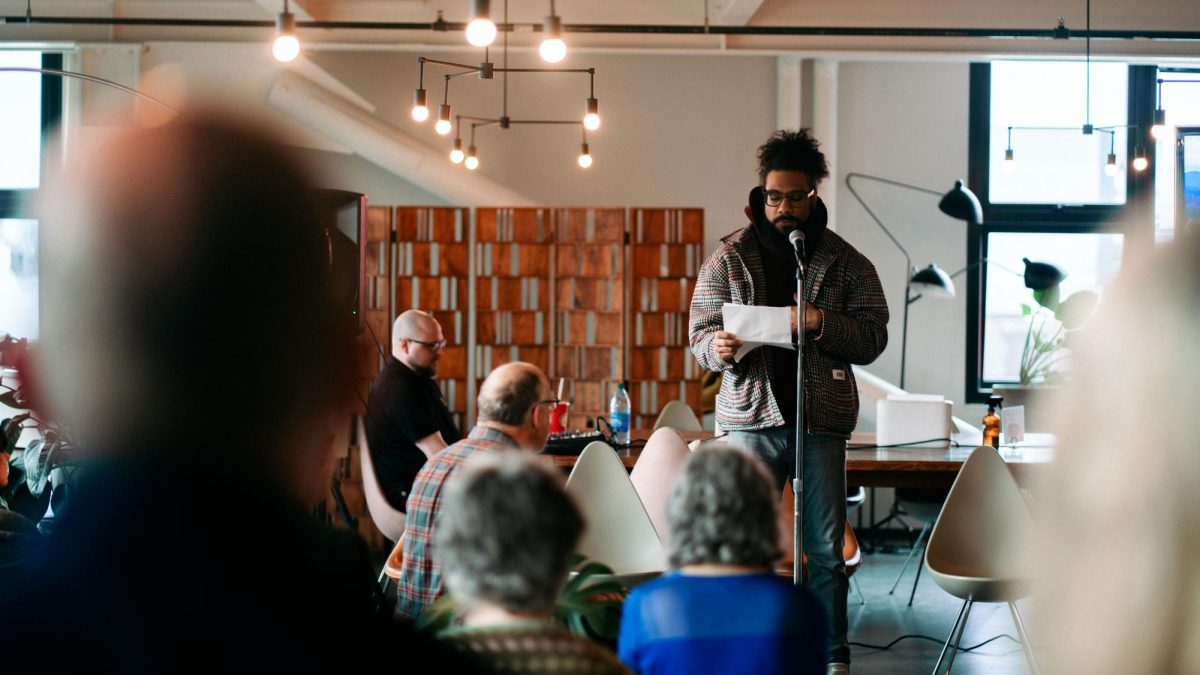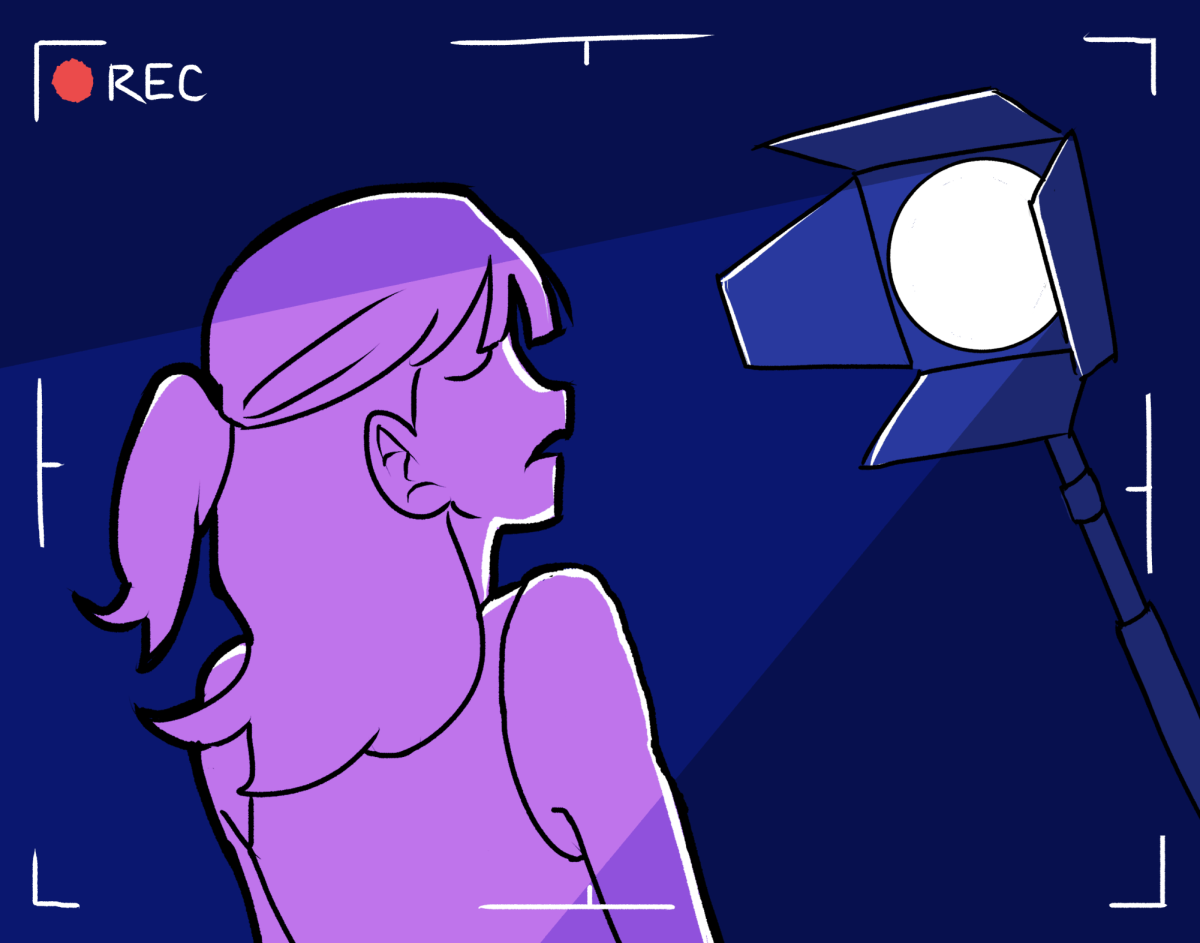Día de los Muertos is around the corner and Starbucks decided to add a new pastry to their menu: sugar skull cookies. Whether or not this is cultural appropriation for monetary gain is up to you to decide. But if you buy a cookie, at least know what the “calaveras” represent. You can thank Jose Guadalupe Posada, a Mexican artist of the 19th century who printed “Calacas y Calaveras,” skeletons and skulls, to ridicule the bourgeoisie in relation to death.
There are several events taking place on Nov. 1 and 2 in Seattle to help expand your knowledge and experience about this day which celebrates death that is sacred to Latin American countries—especially México, its birthplace. The events in our community are acts of resistance as people with Mexican indigenous roots work toward reclaiming their ancestral past. “It’s a cultural thing,” Yessica Marquez said. “There’s more to it than just a pretty skull. And our people are more than just what the media says that we are. We celebrate things differently than folks around here.”
Marquez is an artist who will be displaying and selling her art at the Día de los Muertos Pop-Up Mercado at Plaza Roberto Maestas on Saturday, Oct. 29 from noon to 8 p.m. The Day of the Dead is a transculturation of death. It combines the rituals belonging to the indigenous Aztec, natives to Mexico, with Catholicism, brought by the Spanish Conquistadores.
Until recently when people began putting images and candles of Saints on the altars, Conquistadores were successful in just changing the date of the celebration. They changed it to land on the Roman Catholic Church’s All Saints’ Day and All Souls’ Day.
Prior to the invasion the Conquistadores partook in, the Mesoamerican indigenous death month-long celebration landed on the ninth month of the Aztec Solar Calendar, Tlaxochimaco. This is Aug. 5–24 in the Gregorian Calendar. Celebrations on Tlaxochimaco were in honor of Mictecacihuatl, the Queen of Mictlán. Mictlán is the land of the dead.
The first of November is now dedicated to children who have passed away. The second of November is dedicated to all other deceased. These days are to be spent at cemeteries building altars, alongside music, poetry, story-telling, food and reflection. According to Diana Luna, a Seattle U professor of Latin American Studies, this is a fundamental part of the celebration.
“Every table, every alter represents something relating to different topics. So, it’s a pause that we take in our schedule to take into consideration and be conscious of the problems that exist in that moment,” Luna said. Luna, along with Xavier Hall and M.E.Ch.A., is planning a Día de los Muertos event on Nov. 3 in the Xavier lobby from 4 p.m. to 6:30 p.m. All Seattle U students are encouraged to attend.
This reflection, however, it not a time for sadness or mourning, for this celebration eliminates the sadness humans oftentimes feel when death arrives to a loved one. As with every item and decoration on the altar that symbolizes something, a vacant chair next to an altar is left unoccupied so that the dead can rest from their long voyage to the gravesite.
On Tuesday, Nov. 1, El Centro de la Raza will be displaying altars put together by people in the Seattle Community at their annual Día de los Muertos Exhibit Opening from 5 to 8:30 p.m. This exhibit will continue until Nov. 18.
At this exhibit, one can get a glimpse of the celebrations in Oaxaca, Mexico, a state whose population is primarily indigenous. Tombstones are covered in sugar skulls, Cempazuchil flowers, otherwise marigolds, sweet bread, candles, incense, photos, water and objects that represent the diseased, such as an alcoholic beverage or cigarettes.
There is more to these colorful alters than what attracts the eye. It’s more than the rich vivid orange hue of the Cempazuchil flowers, it’s more than the vibrant and beautifully decorated skulls and it’s more than the sweet taste of chocolate and cinnamon of homemade bread.
Last year, the exhibit at El Centro was dedicated to Black Lives Matter, altars displayed photos of victims of police brutality. This year, the theme is forgotten stories with an emphasis on our voting rights. Seattle U student and facilities assistant at El Centro Selena Perez appreciates the theme.
“It reminds us that we need to vote,” Perez said. “It was fought for us, for future generations so that we can have a voice to make sure that we’re heard and that our people are heard and that needs are meet.”
Overall, this day it to celebrate our dead. It celebrates the memories of those people who passed away that still live in each of us, Marquez explained. So invest some of your time to an event and see the beauty yourself.
The editor may be reached at
[email protected]









![Jordan Ward [REVIEW]](https://seattlespectator.com/wp-content/uploads/2024/04/ward_1-1200x800.jpg)

![COWBOY CARTER [REVIEW]](https://seattlespectator.com/wp-content/uploads/2024/04/Screenshot-2024-04-10-at-7.37.52 PM-1200x699.png)
